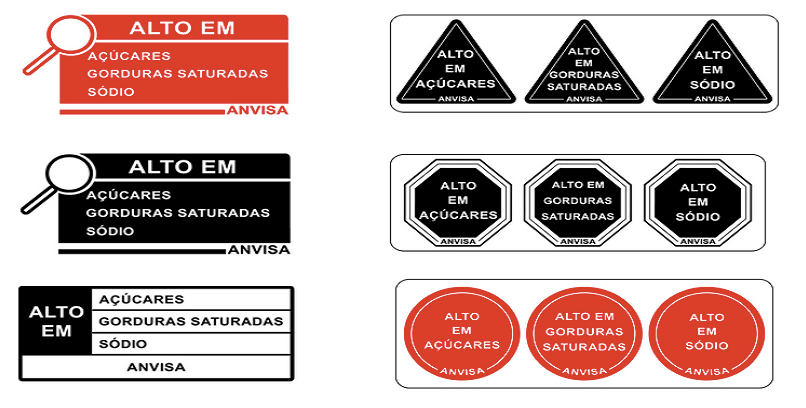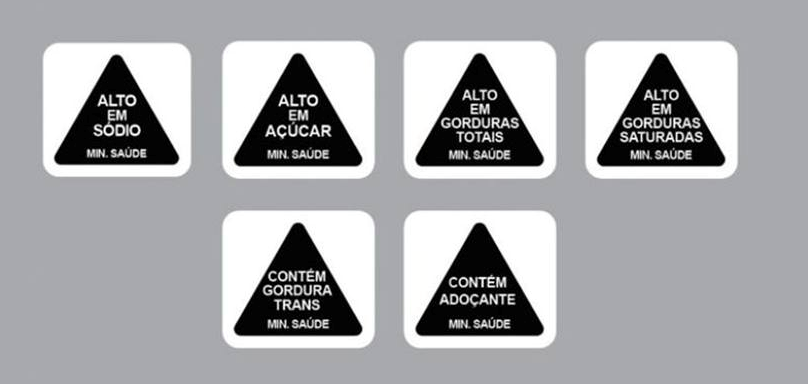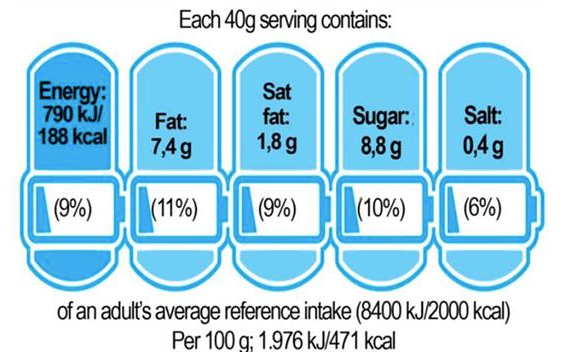When Jair Bolsonaro was elected president of Brazil in 2018, it raised a familiar problem for public health advocates: How to maintain momentum on important health policies during a transition of power, when a new government may have other priorities, or even actively oppose a policy that had been gaining support.
In Brazil, anti-obesity advocates have been working since 2014 to enact sensible front-of-package labels that tell consumers when foods are high in fat, sugar or salt. However, a recent statement by Minister of Health Luiz Henrique Mandetta has raised concern: He said Brazilian Ministry of Health is interested in approving the Italian labeling model, which uses basic guideline daily amounts and was shown as not as effective in national level polls and focus groups conducted by IDEC and the University of São Paulo. Even more troubling, if acted upon, the minister’s declaration would dismiss a comprehensive five-year process involving the ministry and other critical stakeholders, including the food and beverage industry, civil society, academics and international organizations, which resulted in support for a simpler warning label.
Front-of-package warning labels provide a cost-effective way to inform consumers with clear information about what they are eating. Countries such as Chile, Peru and Uruguay have all adopted warning labels on packaging and are seeing positive results. In Chile, 68% of people surveyed said they have changed their eating habits as a result of clear warning labels. Currently, food packages in Brazil do not have warning labels, but only nutrition fact labels that do not indicate to consumers if the amount of the critical nutrients in the product is high or not.

The consultation process conducted by Anvisa gathered more than 3,000 contributions, most of them in support of the warning label models. The Alliance for an Adequate and Healthy Diet, supported by Vital Strategies, has produced several mass media campaigns demonstrating the need for clear, effective food warning labels. The national and local campaigns have reached more than 80 million people and have used testimonials from doctors, patients and parents.
Anvisa since presented a technical opinion putting forward the warning label models, including a triangle-shaped label similar to the one presented by the Brazilian Institute of the Consumer Rights (IDEC), and one inspired by the octagon used on Chilean food packaging. Until recently, the process seemed to be on hold, but amid all the changes in the political setting, a calendar was finally released and the population will be able to comment on the proposal in September 2019. The model that will be proposed, as well as the nutrient profile that will be for the labeling implementation criteria, is still being discussed by Anvisa and will conclude in time for a presentation in September.

Since the minister’s statement, anti-obesity advocates have mobilized to send an open letter to the minister reinforcing the need to follow the current regulatory process and respect the evidence already presented and accepted by Anvisa that basic guideline daily amounts are not understood by the Brazilian population and the Italian model is unlikely to generate the same public health benefits as Anvisa’s research-based approach.

The fight for effective food warning labels is critical because of the effect it will have on Brazilians’ purchasing habits and health. Of equal important is the precedent-setting impact: Will Brazil set public health policies through research and with opportunities for public participation and transparency?